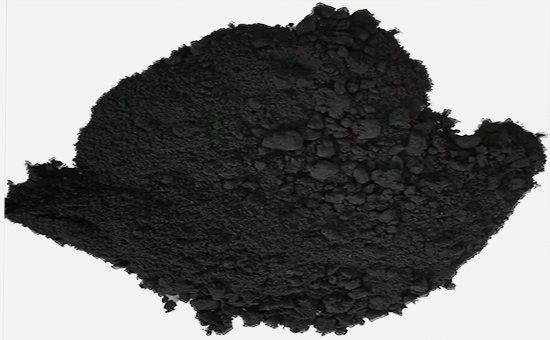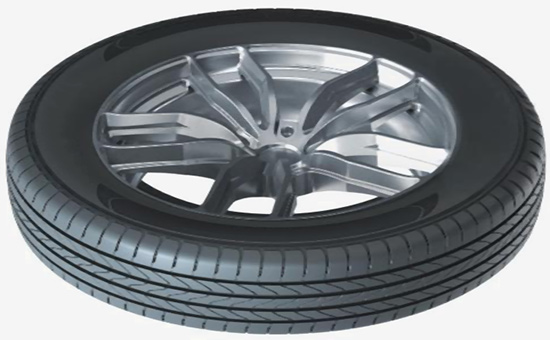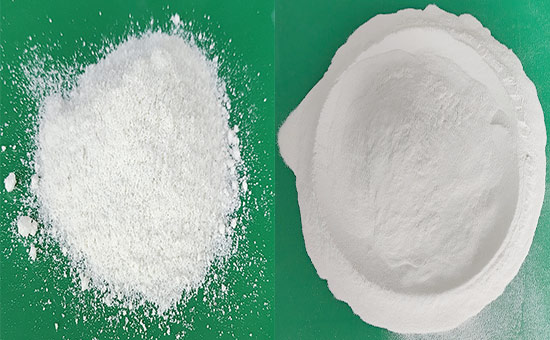
Vulcanized rubber powder is a granular material obtained by physically grinding, screening, and removing non-rubber components from vulcanized rubber, which can be recycled and added to the production of rubber products to reduce costs. Based on the types of raw materials, it can be categorized into tire rubber powder, nitrile rubber powder, ethylene-propylene rubber powder, etc. The addition of rubber powder affects the curing performance of the compounded rubber, including scorch time, optimal curing time, minimum torque, and maximum torque; different varieties of rubber powder have varying impacts on the curing performance of compounded rubber.
In actual production, the residual accelerators in rubber powder may migrate into the rubber matrix. Generally, rubber powder cured by a sulfur-accelerator curing system can lower the scorch safety of the rubber material when added to the compounded rubber.

1. After adding tire rubber powder to natural rubber, the scorch time of the compounded natural rubber significantly decreases as the amount of rubber powder increases, and the optimal curing time is shortened.
2. Rubber powder contains accelerator complexes. When adding 80 mesh rubber powder to styrene-butadiene rubber/cis-butadiene rubber tread gum while keeping the content of BBTS (N-tert-butyl-2-benzothiazole sulfenamide) constant, increasing the content of rubber powder E5LYY58 leads to a reduction in curing time; during the curing of SBR/BR tread gum, a constant curing rate can be achieved by reducing the amount of accelerators and increasing the amount of rubber powder; by increasing the amounts of rubber powder and sulfur, the steady-state stress of SBR/BR tread gum can be maintained.

3. When adding rubber powder of different particle sizes to natural rubber material, the mixing process is well performed with no significant differences in scorch and curing characteristics; the tensile strength of the rubber material increases as the particle size of the rubber powder decreases. Adding rubber powder that is 100 mesh or finer to natural rubber significantly improves the tensile strength of the rubber material.
The reasonable use of rubber powder in rubber products can not only reduce raw material costs but also improve the vulcanization performance of the rubber compound. When adding rubber powder to rubber products with a higher safety level against scorching, it is essential to strictly control the ratio of rubber powder added to avoid quality issues during production due to too short scorching time; when adding rubber powder to rubber products that require higher tensile strength, it is advisable to choose rubber powder with a smaller particle size within the allowable cost range.

When adding rubber powder to reduce costs in the production of rubber products, the use of rubber powder not only affects the vulcanization performance of the compounded rubber but also influences its rheological properties and the mechanical strength of the finished product. Rubber product manufacturing companies need to fully consider factors such as the type of rubber powder, particle size, and addition ratio, to choose the appropriate variety of rubber powder and control the amount used reasonably, to meet the performance requirements of more rubber products, lower the production costs of rubber products, and better achieve the recycling of waste rubber.
Exclusive original article [commercial authorization] reprint, excerpt and excerpt in any form are prohibited without written authorization. Focus on Hongyun rubber: learn the process formula and raw material technology of producing rubber products from recycled rubber to help you reduce costs and increase profits